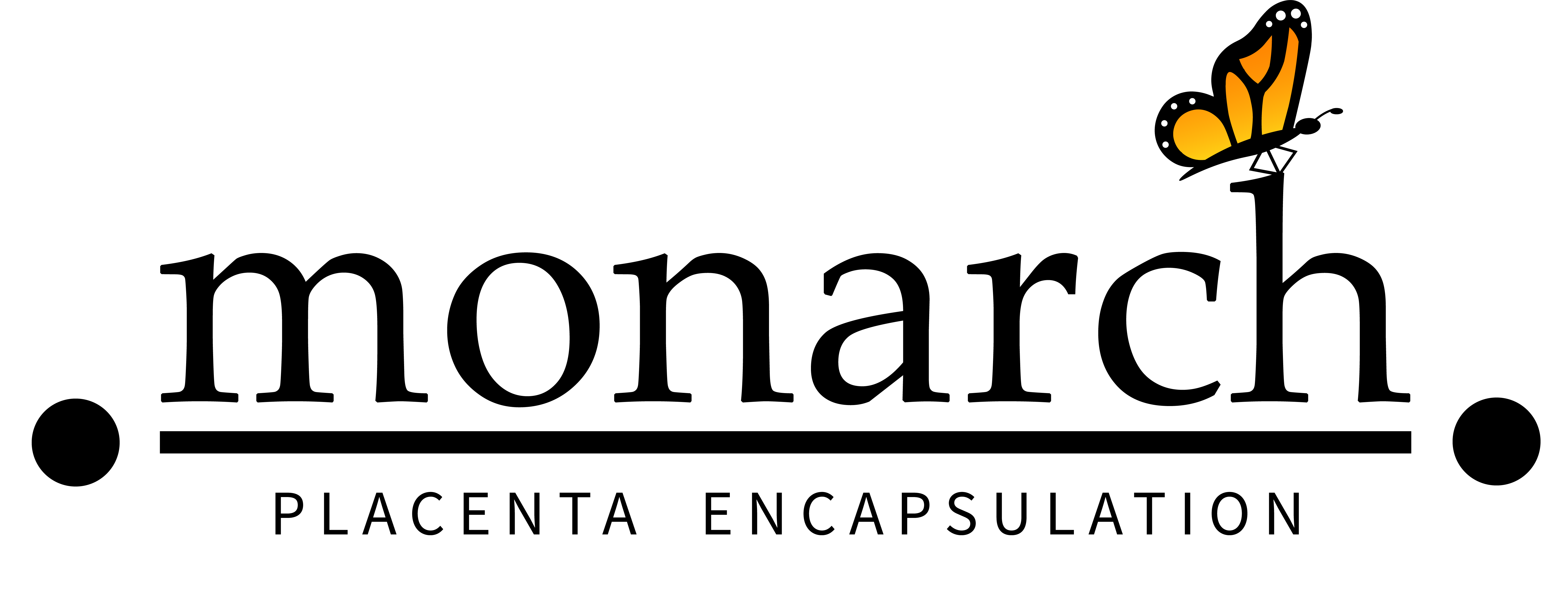The placenta needs to be placed on ice inside a cooler or put in to a refrigerator within two hours of delivery.
Frequently Asked Questions
How do I get my placenta to you?
Be sure to take a cooler with you to your place of birth. Then simply reach out to me through text so that we can coordinate a pick up time that works best. I will then come to where you delivered to pick up your placenta.
When will my capsules be finished?
In most cases your capsules are ready to be delivered back to you, or shipped (depending on location) within 24 hours.
What should I tell the hospital so that they know I am keeping my placenta?
Most hospitals have a release form that you will sign indicating that you are keeping your placenta. It’s also helpful to let your nursing staff know as well when you arrive at the hospital.
What if I test positive for Group B Strep (GBS)?
You can still safely encapsulate if you test positive for Group B Strep (GBS). Testing positive prenatally means colonization, it does not equal infection. Most women who test positive prenatally do not become infected. If you or your baby has an infection during labor or within 24 hours postpartum, your placenta is considered infected, therefore it would no longer be safe for encapsulation.
What if my placenta is sent to pathology?
If your doctor determines that your placenta needs to be sent to pathology, you can ask them to just cut a sample from the placenta to send, and not the whole placenta. If the whole placenta is sent then you would no longer be able to encapsulate.
What if there is meconium?
Your placenta is still perfectly safe to encapsulate. Meconium is not the same as feces. It coats the intestines and is made up of amniotic fluid and cells that have been ingested by the baby during pregnancy. It has the same bacterial content as the amniotic fluid.
Does my placenta work like a filter and therefore is full of toxins?
The placenta does not work like an air or water filter. It is a facilitator organ, transferring nutrients and waste. It quickly transports toxins out of the placenta, away from the baby, to be processed by the mother’s liver and kidneys.
